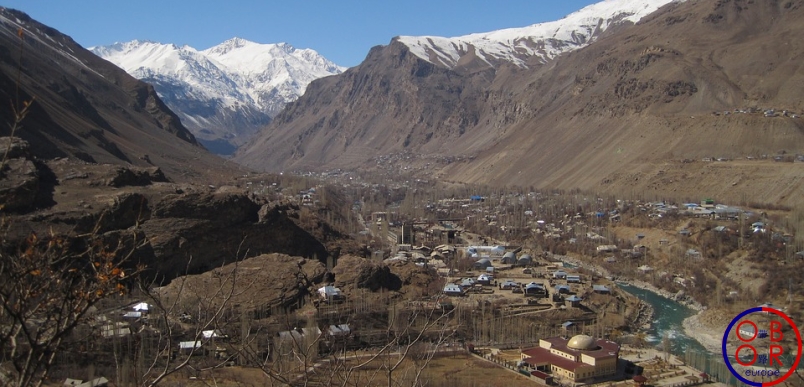
After attending the 19th summit of Shanghai Cooperation Organization in Bishkek, Kyrgyzstan, the Chinese President continued his journey in Central Asia and stopped in Tajikistan to participate at the 5th CICA Summit (Conference for Interaction and Confidence Building Measures in Asia). This forum, inaugurated for the first time in 2002, aims to strengthen cooperation in Asia on issues related to security, peace and stability.
The Belt and Road initiative is in line with the SCO and CICA. All these initiatives are complementary and improve dialogue in Asia, a necessary condition for economic development.
During his stay in Dushanbe, the Chinese President was able to hold talks with his Tajik counterpart Emomali Rahmon. China is very active in Tajikistan. For example, the construction of its new parliament in 2018 was conducted and partly financed by China.
Tajikistan had suffered from a civil war from 1992 to 1997 that impoverished the country, and subsequently, experienced unrest due to its proximity to Afghanistan. Today, the country seeks to open up to the world and better integrate trade. For Tajikistan, the “Belt and Road initiative” is the proper way of achieving this goal. At the BRI’s second forum for cooperation in April 2019, the Tajik president stated that his country’s 2030 development strategy would be aligned with the directions given by the BRI. Tajikistan will better coordinate its national policy with China and other BRI states.
At the meeting, President Xi Jinping pledged for China’s support and experience-sharing in the development of special economic zones in Tajikistan, such as Sughd in the northern region, to make this country more attractive to foreign investors. China and Tajikistan have agreed to deepen their cooperation on energy, industry, finance, transport and agriculture. Since 2012, some Chinese farmers have been allowed to farm crops in Tajikistan in order to increase agricultural production
The main challenge China is facing in Tajikistan will be to strengthen institutional stability in a still fragile country. The construction of infrastructures, especially the ones that will offer better access to populations living in its mountainous regions, should be accompanied by programs ensuring good governance and better living conditions for the Tajiks
The BRI will allow Tajikistan to rebuild itself and give the stability it needs. The new infrastructure developed through the Belt and Road initiative may finally encourage other countries to invest in Tajikistan.
Share the post "Xi Jinping’s visit to Central Asia (2): Tajikistan"
